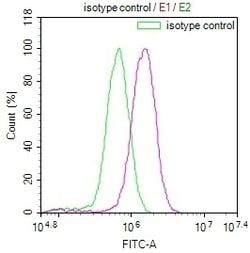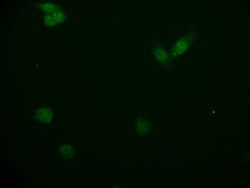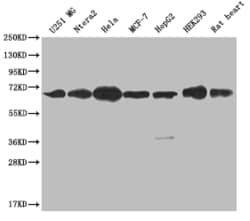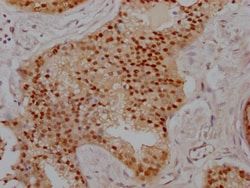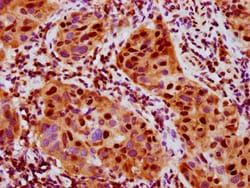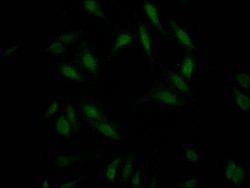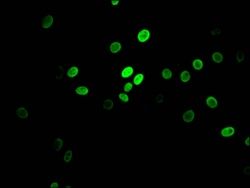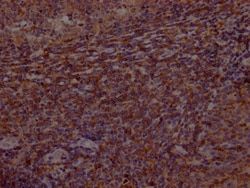PSD-95 Recombinant Rabbit Monoclonal Antibody (1H4), Invitrogen™
Manufacturer: Thermo Scientific
Select a Size
| Pack Size | SKU | Availability | Price |
|---|---|---|---|
| Each of 1 | FEMA549941-Each-of-1 | In Stock | ₹ 37,202.00 |
FEMA549941 - Each of 1
In Stock
Quantity
1
Base Price: ₹ 37,202.00
GST (18%): ₹ 6,696.36
Total Price: ₹ 43,898.36
Antigen
PSD-95
Classification
Recombinant Monoclonal
Concentration
0.4 mg/mL
Formulation
PBS with 50% glycerol and 0.02% sodium azide, pH 7.4
Gene Accession No.
P31016, P78352, Q62108
Gene Symbols
DLG4
Immunogen
A synthesized peptide derived from human PSD95
Quantity
100 μL
Primary or Secondary
Primary
Target Species
Human, Mouse, Rat
Form
Liquid
Applications
ELISA, Western Blot
Clone
1H4
Conjugate
Unconjugated
Gene
DLG4
Gene Alias
discs large homolog 4, discs large MAGUK scaffold protein 4, discs, large homolog 4, discs, large homolog 4 (Drosophila), disks large homolog 4, Dlg4, Dlgh4, FLJ97752, FLJ98574, post synaptic density, postsynaptic density protein 95, post-synaptic density protein 95, PSD95, PSD-95, PSD-95 alpha 2b, PSD-95 beta, Sap90, SAP-90, SAP90A, Synapse-associated protein 90, synapse-associated protein SAP90, Tax interaction protein 15
Host Species
Rabbit
Purification Method
Affinity chromatography
Regulatory Status
RUO
Gene ID (Entrez)
13385, 1742, 29495
Content And Storage
-20°C or -80°C if preferred
Isotype
IgG
Description
- Post Synaptic Density 95 kDa (PSD-95), also known as synapse associated protein 90 kDa (SAP90), is one of a family of membrane-associated proteins found in the postsynaptic density in forebrain neurons and certain presynaptic structures in the cerebellum
- Like other members of the family, PSD-95 has three 90 amino acid repeats called PDZ domains followed by an SH3 domain and a yeast guanylate kinase homology (GuK) domain
- PSD-95 is believed to participate in the clustering of certain proteins, including NMDA receptors, Shaker-type potassium channels at the synaptic membrane in central nervous system (CNS) neurons
- There are two principal modes of interaction between PSD-95 and other proteins
- NMDA receptors and shaker-type potassium channels both share C-terminal sequence homology consisting of a threonine/serine-X-valine-COOH (T/SXV) motif
- Other neuronal proteins that share this motif (beta 1 adrenergic receptor, some serotonin receptors, some sodium channel subunits, and additional potassium channel subunits), and some of these proteins may interact with PSD-95 by binding to its PDZ domains
- Neuronal nitric oxide synthase (nNOS), which lacks the T/SXV motif but which has its own PDZ domain, has been shown to associate with PSD-95 in vitro through a pseudo-homotypic PDZ-PDZ interaction.


